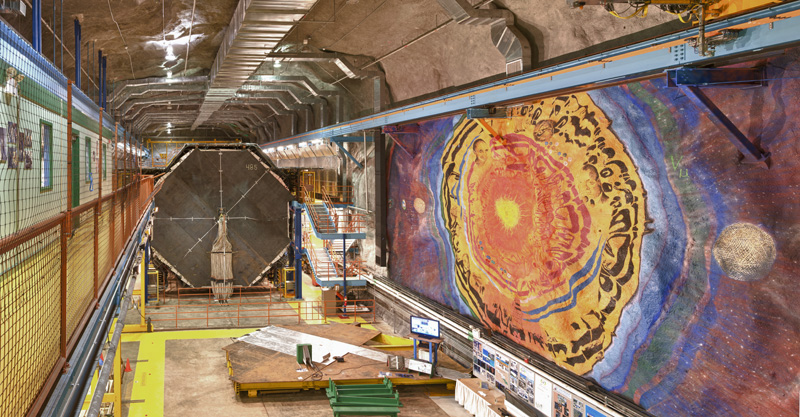Neutrino experiments find no sign of expected new subatomic particle
From New Atlas, Aug. 12, 2020: An extensive search for a hypothetical particle has turned up empty. The sterile neutrino is a proposed subatomic particle that could even be a candidate for the mysterious dark matter, and although previous studies have hinted at its existence, and the MINOS+ and Daya Bay experiments have all but ruled it out.


